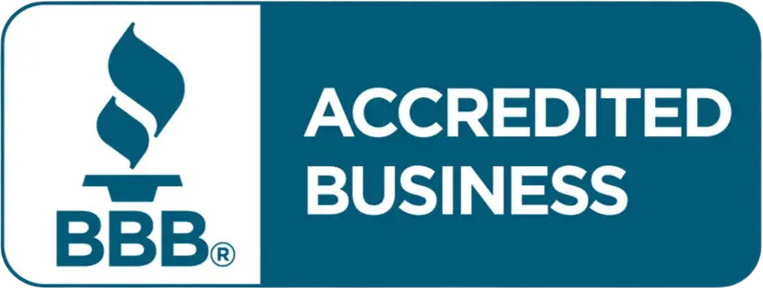The Difference Between Payroll Tax and Estimated Taxes

Often tax payers find themselves owing the IRS even after they’ve paid taxes throughout the year. This has proven to be very confusing, as well as frustrating for many who already feel they pay way too much in taxes. In order to gain control over this tax issue, you first must understand what these taxes constitute and how they are calculated. Only then will you be able to instruct your tax payments in a way that produces your desired tax outcome.
If you work as a W-2 employee, then generally you are required to remit payroll taxes. These are taxes that are withheld from your check every pay day. Payroll taxes by definition are taxes both employer and employee are required to, and are calculated as a percentage of income paid by your employer. This tax is paid two different ways. The first way is taxes that employers are required to withhold from your paycheck. The money withheld is used to cover social security, Medicare, income tax, and different insurances (unemployment, and disability). Payroll tax deductions include the following:
- Social Security Tax Withholding (6.2% until annual maximum is reached)
- Medicare Tax (1.45%)
- Federal Income Tax (Based on withholding tables see pub. 15, irs.gov.)
- Additional Medicare Tax (0.9% for income over $200k)
The second way payroll tax is paid comes directly from the employer. Employers are required to pay an amount fixed or proportional to an employee’s pay. These amounts are also paid to help fund social security, as well as other insurance programs and include the same aggregate percentages that’s paid by employees. This is how Federal Insurance Contribution Act (FICA) taxes are paid. FICA is made up of social security and Medicare. The employee pays half and the employer pays half to reach 15.3% of wages tax obligation. If you’re a small business owner or work as an independent contractor, then you may be required to pay your Medicare and Social Security (Self-employment) tax obligation by making estimated tax payments throughout the year. The IRS states, “Taxes must be paid as you earn or receive income during the year, either through withholding or estimated tax payments. If the amount of income tax withheld from your salary or pension is not enough, or if you receive income such as interest, dividends, alimony, self-employment income, capital gains, prizes and awards, you may have to make estimated tax payments. If you are in business for yourself, you generally need to make estimated tax payments. Estimated tax is used to pay not only income tax, but other taxes such as self-employment tax and alternative minimum tax. If you don’t pay enough tax through withholding and estimated tax payments, you may be charged a penalty. You also may be charged a penalty if your estimated tax payments are late, even if you are due a refund when you file your tax return” (irs.gov., pub. 505, tax withholding and estimated taxes).













